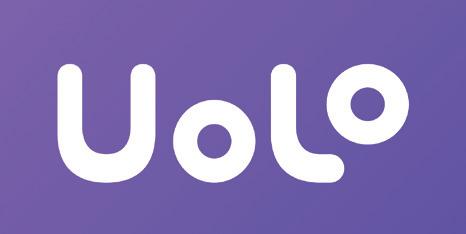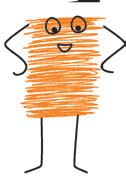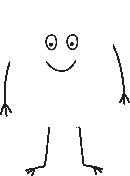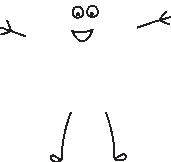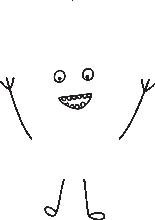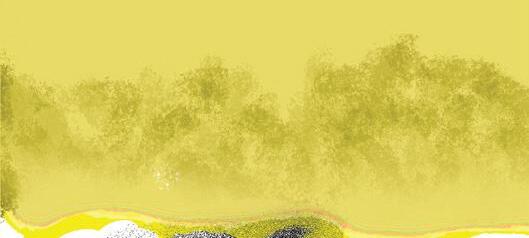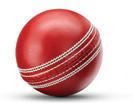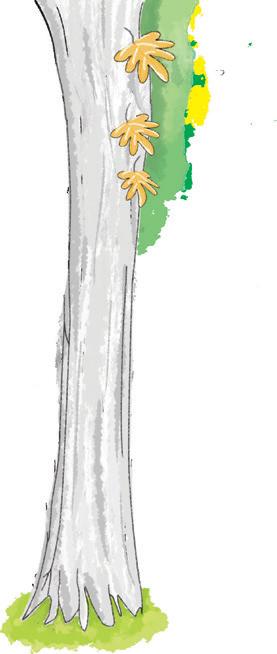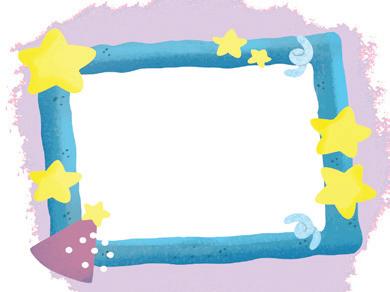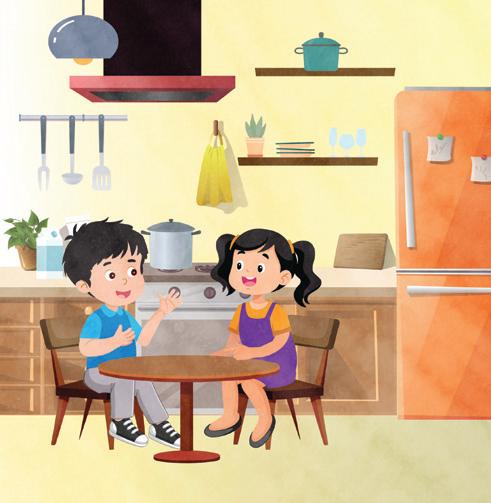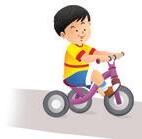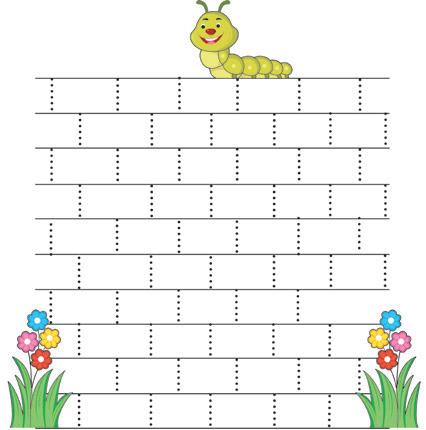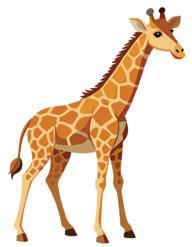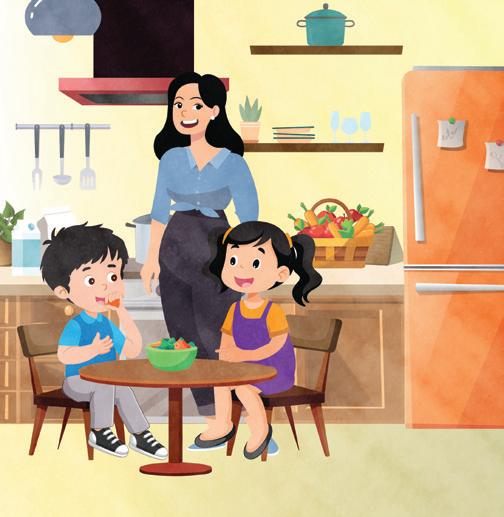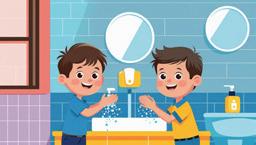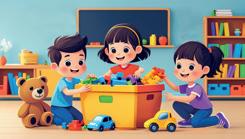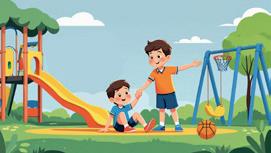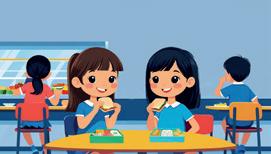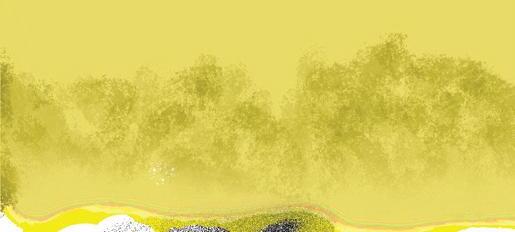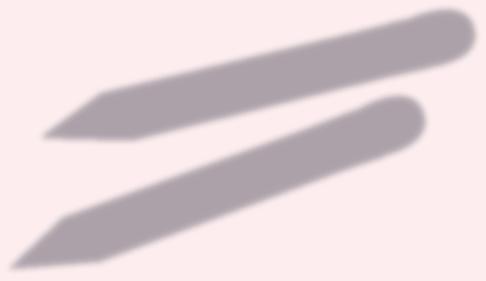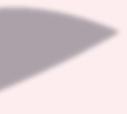DAWN
Level B Teacher Manual
Name:
Class:
School:
Domain
Circle Time
Topic of the Day
Action Rhyme: Teddy Bear Teddy Bear
General Awareness About Myself: Name, Age and Class
DAY 1
Book & Page
Foundational Literacy Scribbling Literacy Skillbook, page 1
Foundational Numeracy Big and Small Numeracy Skillbook, page 1
DIY Art Game: Guess and Draw
CIRCLE TIME
LO: Children will be able to sing the rhyme Teddy Bear Teddy Bear with actions.
1. Warm Welcome: Greet the children with a warm smile and introduce yourself. Say: Hello, children! My name is (your name). I am your class teacher. I am so happy to meet you all. We are going to have lots of fun together.
2. Fun Actions: Say: Today, we will sing the song “Teddy Bear, Teddy Bear”. We will also dance to it. Let’s learn some fun actions together. Ask the children to stand, and teach them simple actions for the song, such as turning around, touching the ground, jumping, and reaching for the sky.
3. Action Rhyme: Sing the song “Teddy Bear, Teddy Bear” with actions and encourage the children to copy you. Repeat it 4–5 times with them so they can enjoy and learn.
Pro Tip
Teddy bear, teddy bear Turn around!
Teddy bear, teddy bear Touch the ground.
Teddy bear, teddy bear Jump up high!
Teddy bear, teddy bear Touch the sky!
Some children might feel anxious on their first day with a new teacher and classmates. Reassure them and be patient. Always be kind, gentle, and affectionate—it helps children feel emotionally secure and creates a sense of belonging.
GENERAL AWARENESS
LO: Children will be able to introduce themselves by telling their name, age and class.
Resources: Any object that can be used as a dummy microphone, say a duster
Introduction
1. Warm Up: Begin by saying: Today, we will learn how to talk about ourselves. In a singsong manner, ask a few children: Hello, dear children! What is your name? Encourage them to respond with their names.
2. Introducing Age: Ask: Do you know how old you are? Allow a few children to share their answers. Then, guide them to repeat after you: I am four/five years old. Repeat this 5–6 times to reinforce learning.
3. Introducing Class: Ask: Which class are you in now? Let a few children respond. Guide them to repeat after you: I am in LKG. Repeat this 5–6 times to ensure understanding.
4. Modelling: Demonstrate by saying: My name is Ishani. I am four years old. I am in LKG. Hold the duster like a microphone as you speak. Then, guide the children to talk about themselves in the same way.
Practice
5. Introduction Game: Explain to the children that you’ll play a game where they will introduce themselves. Pass the duster around, and when a child receives it, they should say: My name is [Child’s Name]. I am [Age] years old. I am in LKG. Ensure every child gets a turn. Applaud each child after they introduce themselves.
FOUNDATIONAL LITERACY
LO: Children will be able to create artworks using crayons by scribbling. Resources: Literacy Skillbook, page 1; chalks or markers in different colours; crayons
Introduction
1. Introducing Scribbling: Draw random, colourful lines on the board using chalks or markers. Ask: What do you see on the board? Allow a few children to share their responses. Conclude by saying: This is called scribbling.
2. Scribbling on Board: Invite a few children to come to the board and guide them to do some scribbling. Provide different coloured chalks and encourage them to try freely, without any fear.
Practice
3. Scribbling Activity: Ask the children to open page 1 of the Literacy Skillbook. Point to the first picture and demonstrate a similar scribble on the board to help them understand. Then, ask the children to complete the activity on page 1 using crayons.
Scribbling is NOT the same as colouring. Remind children that scribbling means making random lines without a set pattern, not colouring inside shapes. Ensure they focus on freehand scribbling.
FOUNDATIONAL NUMERACY
LO: Children will be able to identify and compare objects that are big and small.
Resources: Numeracy Skillbook, page 1; a small ball and a big ball; a small box and a big box; play dough in two different colours; newspaper
Introduction
1. Introducing Big and Small: Show the big ball and small ball to the children. Ask: Which one is big and which one is small? Allow a few children to respond. Point and say: This ball is big, and this ball is small. Repeat the same process with the big and small boxes.
Pro Tip
2. Play-Dough Activity: Distribute newspapers for the children to cover their tables. Hand out two different colours of play dough to each child. Guide them to make a big ball with one colour and a small ball with the other colour. Move around the class to observe and assist the children as needed. In the absence of play dough, regular wheat dough can be used for this activity.
Practice
3. Big and Small: Ask the children to open page 1 of the Numeracy Skillbook. Invite a few children to describe what they see in the pictures. Then, ask questions like: Can you point to the big animal? / Can you point to the small ball? Ensure all children take turns and check if they are identifying the correct objects.
DIY
LO: Children will be able to identify objects by touch.
Resources: Cloth bag, 10–15 common objects (e.g., banana, book, apple, spoon, ball, or pencil, etc)
1. The First Guess: Begin by saying: Let’s play a fun guessing game! Place any two objects in the bag. Invite a child to close their eyes, pick one object, and guess it by touch. Applaud for a correct guess.
2. Guessing Chain: Add another object to the bag and shuffle all three objects. Invite the next child to pick one object and guess its name without looking. Repeat until every child gets a turn to guess.
3. Conclusion: Reveal all the objects and discuss how many were guessed correctly. End with applause for everyone’s participation.
Domain
Circle Time
General Awareness
Topic of the Day
Sharing about Favourite Things
Growing Up
Foundational Literacy Find the Way
Foundational Numeracy Practice: Big and Small
DAY 2
Book & Page
General Awareness, page 2
Literacy Workbook, page 1
Numeracy Skillbook, page 2
Numeracy Workbook, page 1
DIY Picture Talk: A Crunchy Munchy Meal Rhymes and Stories, pages 1-5
CIRCLE TIME
LO: Children will be able to ask simple questions to their classmates and learn about them.
Resources: A medium-sized ball.
1. Rolling the Ball: Sit in a circle and greet the children warmly. Begin by rolling a ball to a child and ask them to roll it to another, continuing the sequence around the circle.
2. Setting the Context: Next, say: Today, we will ask our friends about their favourite things. Pass the ball, and explain that whoever rolls the ball will ask a question to the child who catches it. Give examples of simple questions, such as:
• What is your favourite toy?
• What is your favourite colour?
• What is your favourite food?
3. Knowing about Each Other: Start by rolling the ball to a child and asking a question. Encourage them to roll the ball to another child and ask a question. Continue until everyone has a turn.
Pro Tip
Support shy or quiet children by helping them ask or answer questions. Cheer and encourage them to boost their confidence.
GENERAL AWARENESS
LO: Children will be able to talk about growing up and share their name and age.
Resources: General Awareness, page 2
Introduction
1. Setting the Context: Begin by asking the children their age. Take a few responses and ask: Do you remember what you used to do when you were smaller? Let a few children share their thoughts. Then say: Today, we will talk about growing up.
2. Picture Talk: Ask the children to open page 1 of the textbook. Show them the pictures and ask: What do you see? Take a few responses. Then explain: In the first picture, the baby is sleeping. In the second picture, the child is crawling. In the last picture, the boy is walking.
Emphasise how these pictures show the child growing up.
3. Modelling: Guide the children to say their name and age. For example: I am Rohan. I am four years old. / I am Nitika. I am four years old. Repeat this 4–5 times with the class.
Practice
4. Children Sharing: Ask each child to share their name and age. Ensure every child gets a chance to participate. Finally, guide them to write their names on page 2.
Paste your picture on page 2 of the textbook.
FOUNDATIONAL LITERACY
LO: Children will be able to identify and create different lines and curves, enhancing their fine motor skills. Resources: Literacy Workbook, page 1; strings or threads
Introduction
1. Exploring Lines and Curves: Draw and label sleeping lines, wavy lines, zigzag lines, up curves, and down curves on the board. Point to each and name them clearly.
2. Air Drawing: Demonstrate how to trace each line and curve in the air using your index finger. Guide the children to follow along, repeating 2–3 times for each.
3. Fun with Strings: Distribute strings to the children. Ask them to use the string to form any one line or curve on their desk. Assist as needed.
Practice
4. Workbook Activity: Ask the children to open page 1 of the Literacy Workbook. First, help them identify each line on the page. Then, guide them to draw the lines using a pencil or crayons.
DAY 3
Book & Page
General Awareness, page 3
Foundational Literacy Standing Lines Literacy Workbook, page 2
Foundational Numeracy Tall And Short Numeracy Skillbook, page 3
DIY Interactive Read Aloud: A Crunchy Munchy Meal Rhymes and Stories, pages 1–5
CIRCLE TIME
LO: Children will be able to identify and discuss the new class routine. Resources: Flashcards or pictures of class routines (e.g., circle time, playtime, study, lunch, etc.)
1. Setting the Context: Sit in a circle, if possible. Show the flashcards of different class routines and ask children to share what they see. Explain each picture briefly, e.g., This is circle time. / The children are eating their snacks.
2. Making Connections: Show the flashcards again and ask: Do you also do similar things in the class? What else do you do? Take a few responses.
3. Sequencing the Pictures: Use the flashcards to arrange the classroom routine in order. For example:
• Show the picture of circle time and say, “First, we have circle time.”
• Then show the picture of study time and say, “Next, we have study time.”
Continue in this way for the rest of the routine.
Pro Tip
If flashcards are unavailable, you can draw simple stick-figure illustrations on the board to represent each routine. Alternatively, you can act out each routine and ask the children to guess what comes next.
GENERAL AWARENESS
LO: Children will be able to identify and share their gender, age, and the colour of their eyes and hair.
Resources: General Awareness, page 3
Introduction
1. Recap: Begin by asking a few children: How old are you? Let them respond.
2. Picture Talk: Guide the children to open page 3 of the textbook. Ask them to describe what they see. Then point and say: This is a boy. This is a girl.
3. Action Game: Give different instructions for boys and girls to follow. For example: All boys, raise your hands. All girls, turn around. Then, ask the boys to repeat: I am a boy. Ask the girls to repeat: I am a girl
4. Eye and Hair Colour: Ask children to observe their partner’s eye and hair colour. Invite a few to share their findings. Conclude: Most of us have black eyes and hair, but some may have brown or blue eyes, dark brown hair, or even white hair.
Practice
5. All About Me: Ask children to open page 3 of the textbook. Read the questions aloud and guide them to complete the activity.
FOUNDATIONAL LITERACY
LO: Children will be able to identify and trace standing lines.
Resources: Literacy Workbook, page 2; paper strips (one per child); a glue-stick
Introduction
1. Introducing Standing Lines: Draw a standing line on the board. Then point and say: This is a standing line. It starts from top and goes straight to bottom
2. Air Drawing: Demonstrate and guide children to trace a standing line in the air using their index finger.
3. Pasting a Paper Strip: Give each child a paper strip. Guide them to paste it in their notebook as a standing line.
Practice
4. Standing Lines: Ask children to open page 2 of the workbook. First, have them trace the dotted standing lines with their index finger, then with a crayon or pencil.
FOUNDATIONAL NUMERACY
LO: Children will be able to identify and compare tall and short.
Resources: Numeracy Skillbook, page 3; two pencils of different lengths; drawing sheets (one per child)
Introduction
1. Introducing Tall and Short: Hold one long pencil and one short pencil. Ask children to observe and share the difference between them. Then point and say: This is a tall pencil, and this is a short pencil
2. Body Movements: Say “short” and ask children to sit down. Say “tall” and ask them to stand up with their hands raised. Repeat 5–6 times.
3. Drawing Tall and Short: Distribute drawing sheets. Guide children to draw a tall tree and a short tree, using a simple drawing on the board as a reference.
Practice
4. Tall or Short: Ask children to open page 3 of the textbook. Have them identify tall and short objects.
Do NOT confuse tall with long. Emphasize that tall refers to vertical height, while long refers to horizontal length. Error Alert!
DIY
LO: Children will be able to listen to and discuss the story A Crunchy Munchy Meal.
Resources: Rhymes and Stories, pages 1–5; pages 1–5; flashcards of crunchy and non-crunchy foods
1. Warm Up: Show food flashcards one by one. If the food is crunchy, children give a thumbs up; if not, a thumbs down.
2. Interactive Read Aloud: Read the story with expressions and voice modulation. Pause to ask questions while pointing to pictures, such as:
• Who is ready for snacks?
• What are Vani and Sam eating?
• What did they take from the basket?
• What did they do after snacks?
Domain
Circle Time Good Habits
Topic of the Day
General Awareness My Handprints
Book & Page
General Awareness, page 4
Foundational Literacy Sleeping Lines Literacy Workbook, page 3
Foundational Numeracy Tall or Short Numeracy Workbook, page 2 Numeracy Skillbook, page 4
DIY Making a Sandwich
CIRCLE TIME
LO: Children will discuss the good habits. Resources: Chart of Good Habits (a part of UOLO’s Teacher Kit)
1. Picture Talk: Point to each habit on the chart and ask: What is the child doing? and Why is this a good habit? Encourage responses.
2. Understanding Good Habits: Ask simple, situation-based questions:
• Why should we wash our hands before eating?
• Why should we keep the classroom clean?
• How can we help our friends?, and so on.
Pro Tip
Display the Good Habits chart in the classroom to remind children to practise them daily.
GENERAL AWARENESS
LO: Children will recognize their left and right hand and make their handprints. Resources: General Awareness, page 4; a bowl of water colour
Introduction
1. Explaining Left and Right Side: Help children identify their left and right hand by showing and naming each side.
2. Left and Right Game: Play an action game to reinforce the concept. Give instructions like:
• Wave your left hand. / Wave your right hand.
• Wiggle the fingers of your left hand. / Wiggle the fingers of your right hand.
• Raise your left hand. / Raise your right hand.
Practice
3. Making Handprints: Ask children to turn to page 4 of the textbook. Help them dip their hands in watercolour and make handprints in the correct boxes.
4. Making a Thumb Impression: Guide children to dip their thumb in watercolour and make a thumb impression in the designated box.
FOUNDATIONAL LITERACY
LO: Children will trace and draw sleeping lines, enhancing their fine motor skills.
Resources: Literacy Workbook, page 3; red, blue and white chalk
Introduction
1. Introducing Sleeping Lines: Draw a sleeping line on the board while saying: This is a sleeping line. It goes straight from left to right.
2. Air Drawing: Guide children to trace a sleeping line in the air using their index finger.
3. Drawing on Four Lines: Draw four lines on the board using red and blue chalk, as shown in the book. Demonstrate how to draw a sleeping line on the blue line. Invite a few children to practise.
Practice
4. Tracing and Drawing: Ask children to open page 3 of the workbook. First, have them trace the dotted lines with a pencil or crayon. Then, guide them to draw sleeping lines on the blank four-line space below.
FOUNDATIONAL NUMERACY
LO: Children will be able to identify and compare objects that are tall or short.
Resources: Numeracy Workbook, page 2; Numeracy Skillbook, page 4; watercolour; sponge dabbers (one per child); 20 paper cups
Introduction
1. Recapitulation through Body Movement: Reinforce the concept by asking children to sit when you say “short” and stand with raised hands when you say “tall.”
2. Building Towers: Call two children at a time and give them separate paper cups. Instruct them to build a tower when you say “START” and stop when you say “STOP.” Ask: Whose tower is taller? Whose is shorter?
Practice
3. Identifying Tall or Short: Ask children to open page 2 of the workbook. Guide them to solve the worksheet.
4. Painting the Tall Tree: Ask children to open page 4 of the textbook. Guide them to identify the tall tree and paint it as instructed.
DIY
LO: Children will make a simple vegetable sandwich and follow the steps.
Resources: Bread slices (2 per child); sliced cucumber and tomatoes; a pinch of salt
1. Knowing the Ingredients: Show and name each ingredient.
2. Making a Sandwich: Guide children step by step:
• Take one slice of bread.
• Place cucumber and tomato slices on top.
• Sprinkle a little salt.
• Cover with another slice of bread.
• Enjoy your sandwich!
Pro Tip
Ensure children have clean hands. Use soft and pre-cut ingredients.
Domain
CATCH UP CARNIVAL
General Awareness
Learning Outcome
Children will talk about themselves, sharing their name, age, class, eye colour, and hair colour.
Resources A soft toy
Suggested Method Pass the soft toy around the class. When you say STOP, the child holding the toy will answer:
• What is your name?
• How old are you?
• Which class do you study in?
• What is the colour of your eyes and hair?
Clap for each child and give them a smiley or a star. Repeat until all children get a turn.
Support for Struggling Learners
Domain
Learning Outcome
Pair a struggling child with a confident peer (buddy). The buddy models the answer, and the child repeats. Example:
• Buddy says: My name is Rohit.
• Child repeats: My name is (child’s name).
Foundational Literacy
Children will identify and trace standing and sleeping lines.
Resources Drawing sheets (for each child) and bindis
Suggested Method
Support for Struggling Learners
Domain
1. Distribute drawing sheets and bindis.
2. Ask children to stick bindis to form a standing line and a sleeping line. Encourage each child. Give a smiley for correct work.
Gather struggling learners in a circle. Show flashcards of standing and sleeping lines. Guide them to trace the lines in a sand tray or sandpit or on the floor.
Foundational Numeracy
Learning Outcome Children will identify and compare objects that are big or small and tall or short.
Resources Big and Small Activity: Various objects (sharpener, eraser, ball, box, crayon, leaf, etc.); two baskets; a cloth bag
Tall and Short Activity: Blocks
Suggested Method 1. Big and Small
Place all objects in a cloth bag. Label one basket BIG and the other SMALL. Each child picks two objects from the bag without looking. They compare and place each in the correct basket.
2. Tall and Short:
Each child builds a tall and a short tower with blocks. Clap and give a smiley for participation. Repeat until all children get a turn.
Support for Struggling Learners
• Sorting Game: Give children a mix of big and small objects to sort into two groups. Do the same for tall and short objects.
• Real-Life Examples: Compare classroom items (e.g., a teacher vs. a child for tall/ short, a book vs. a notebook for big/small) to reinforce concepts.
